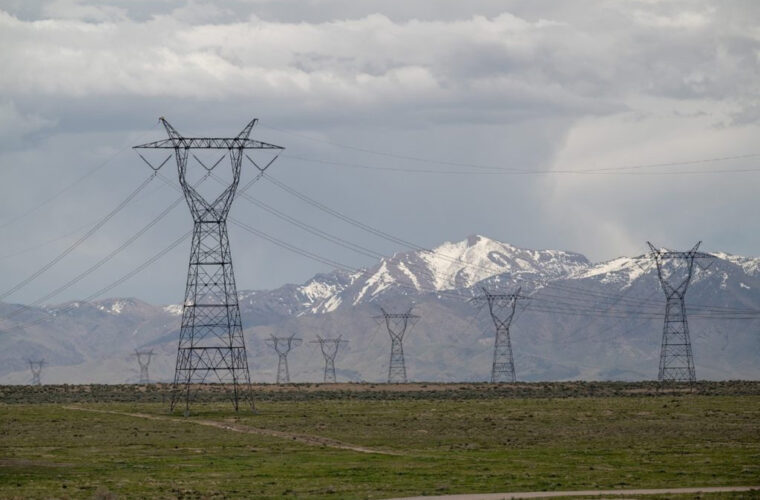As Burbank embarks on a state-mandated initiative to shift its energy supply to renewable sources, residents can anticipate significant changes that will reshape both the city’s energy landscape and their utility bills. Under California law, Burbank Water and Power (BWP) must achieve a renewable energy portfolio consisting of 60% renewables by 2030 and reach 100% zero carbon by 2045.
Transitioning to renewable energy is a complex undertaking. According to a BWP press release, “Switching to renewable energy sources is not as simple as flipping a switch.” The process involves meticulous planning, intricate contract negotiations with third-party providers, logistical challenges related to infrastructure development, and substantial financial investments.
A crucial aspect of BWP’s strategy involves the Intermountain Power Project (IPP) located in Delta, Utah. This coal-fired power plant has been a reliable energy source for Burbank since the 1980s. However, due to coal’s environmental impact and increasing regulatory pressures, a shift is necessary. Starting in 2025, the existing 1,800 MW coal facility will be replaced with an 840 MW plant that will utilize a mix of green hydrogen—a zero-carbon energy source—and natural gas. The goal is for the IPP to operate entirely on green hydrogen by 2045, marking a significant step toward reducing emissions and moving away from fossil fuels.
This transition not only aims to modernize the energy supply but also provides BWP with essential experience that may inform future conversions of its natural gas-fired facilities to green hydrogen.
A fundamental component of Burbank’s shift to 100% carbon-free energy is the Southern Transmission System (STS), a 490-mile transmission line connecting the IPP to Southern California. BWP recently secured a 50-year contract that guarantees access to renewable energy resources through this system until 2077. This infrastructure is vital for integrating renewable resources into Burbank’s energy portfolio.
Currently, BWP sources about 9% of its power from the Palo Verde Nuclear Generating Station in Arizona, the largest nuclear facility in the United States. This clean energy source has reliably provided baseload power—energy generated continuously, 24/7—for nearly four decades. Additionally, BWP receives 2% of its power from the Hoover Dam, a significant hydroelectric power source that has been operational for nearly a century.
While the transition to renewables is crucial, it comes with considerable challenges. The redevelopment cost of the IPP has escalated to approximately $4.7 billion. Although these expenses are distributed among the participating utilities, they represent a significant financial burden for BWP. Such costs, along with ongoing maintenance of local energy distribution systems, will inevitably influence residents’ energy bills.
The timeline for these projects is lengthy, meaning that immediate benefits may not be apparent. However, the financial investments required for this transition are expected to lead to more stable long-term costs and reduced emissions. The shift is essential for positioning Burbank toward a sustainable and resilient energy future.
BWP General Manager Mandip Samra emphasized the necessity of community involvement in this journey: “The path to a sustainable energy future requires understanding, patience, and community engagement. BWP is committed to securing renewable resources and enhancing infrastructure, setting Burbank on a course for cleaner, more resilient energy. While the process may be intricate and costly, it is a critical step to ensure Burbank remains a leader in California’s renewable energy efforts.”



